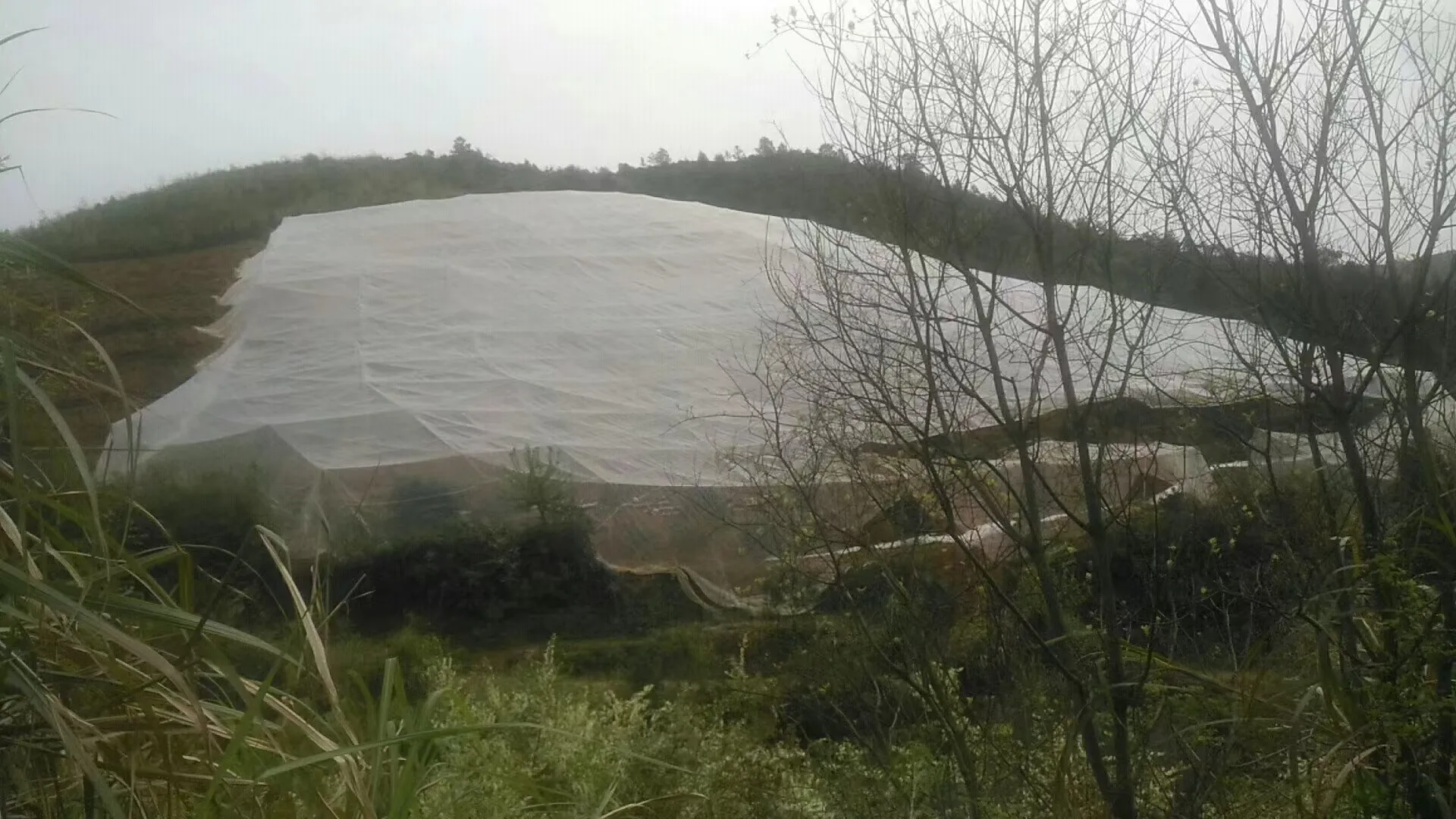-
 Afrikaans
Afrikaans -
 Albanian
Albanian -
 Amharic
Amharic -
 Arabic
Arabic -
 Armenian
Armenian -
 Azerbaijani
Azerbaijani -
 Basque
Basque -
 Belarusian
Belarusian -
 Bengali
Bengali -
 Bosnian
Bosnian -
 Bulgarian
Bulgarian -
 Catalan
Catalan -
 Cebuano
Cebuano -
 China
China -
 Corsican
Corsican -
 Croatian
Croatian -
 Czech
Czech -
 Danish
Danish -
 Dutch
Dutch -
 English
English -
 Esperanto
Esperanto -
 Estonian
Estonian -
 Finnish
Finnish -
 French
French -
 Frisian
Frisian -
 Galician
Galician -
 Georgian
Georgian -
 German
German -
 Greek
Greek -
 Gujarati
Gujarati -
 Haitian Creole
Haitian Creole -
 hausa
hausa -
 hawaiian
hawaiian -
 Hebrew
Hebrew -
 Hindi
Hindi -
 Miao
Miao -
 Hungarian
Hungarian -
 Icelandic
Icelandic -
 igbo
igbo -
 Indonesian
Indonesian -
 irish
irish -
 Italian
Italian -
 Japanese
Japanese -
 Javanese
Javanese -
 Kannada
Kannada -
 kazakh
kazakh -
 Khmer
Khmer -
 Rwandese
Rwandese -
 Korean
Korean -
 Kurdish
Kurdish -
 Kyrgyz
Kyrgyz -
 Lao
Lao -
 Latin
Latin -
 Latvian
Latvian -
 Lithuanian
Lithuanian -
 Luxembourgish
Luxembourgish -
 Macedonian
Macedonian -
 Malgashi
Malgashi -
 Malay
Malay -
 Malayalam
Malayalam -
 Maltese
Maltese -
 Maori
Maori -
 Marathi
Marathi -
 Mongolian
Mongolian -
 Myanmar
Myanmar -
 Nepali
Nepali -
 Norwegian
Norwegian -
 Norwegian
Norwegian -
 Occitan
Occitan -
 Pashto
Pashto -
 Persian
Persian -
 Polish
Polish -
 Portuguese
Portuguese -
 Punjabi
Punjabi -
 Romanian
Romanian -
 Russian
Russian -
 Samoan
Samoan -
 Scottish Gaelic
Scottish Gaelic -
 Serbian
Serbian -
 Sesotho
Sesotho -
 Shona
Shona -
 Sindhi
Sindhi -
 Sinhala
Sinhala -
 Slovak
Slovak -
 Slovenian
Slovenian -
 Somali
Somali -
 Spanish
Spanish -
 Sundanese
Sundanese -
 Swahili
Swahili -
 Swedish
Swedish -
 Tagalog
Tagalog -
 Tajik
Tajik -
 Tamil
Tamil -
 Tatar
Tatar -
 Telugu
Telugu -
 Thai
Thai -
 Turkish
Turkish -
 Turkmen
Turkmen -
 Ukrainian
Ukrainian -
 Urdu
Urdu -
 Uighur
Uighur -
 Uzbek
Uzbek -
 Vietnamese
Vietnamese -
 Welsh
Welsh -
 Bantu
Bantu -
 Yiddish
Yiddish -
 Yoruba
Yoruba -
 Zulu
Zulu
Effective Bird Prevention Netting Solutions
Bird Prevention Netting A Practical Solution for Protecting Crops
Birds are an essential part of our ecosystem, contributing to pollination, seed dispersion, and pest control. However, they can pose significant challenges to agriculture, particularly when large flocks descend on fields and gardens, leading to substantial crop damage. To combat this issue, many farmers and gardeners are turning to bird prevention netting as an effective and humane solution.
Bird prevention netting is a type of mesh material designed to keep birds away from crops, fruits, and gardens without causing them harm. Typically made from durable plastic or polyethylene, this netting is lightweight yet strong enough to withstand various weather conditions. It comes in different sizes and mesh openings, allowing users to choose a type that best suits their needs.
One of the primary advantages of using bird prevention netting is its ability to protect crops without the use of harmful chemicals or traps
. Unlike chemical repellents that can have negative environmental impacts, bird netting provides a physical barrier, keeping birds at bay while allowing sunlight and rain to reach the plants. This not only ensures the plants thrive but also reduces the need for chemical interventions, promoting a more sustainable approach to farming.Furthermore, bird netting is versatile and can be employed in various agricultural settings. Whether you are a small-scale gardener growing vegetables, a fruit orchard owner, or a commercial farmer cultivating grains, netting can be tailored to your specific requirements. For instance, netting can be draped over fruit trees to prevent birds from pecking at ripe fruits or laid over rows of crops to deter birds from eating seeds and seedlings.
bird prevention netting

In addition to crop protection, bird prevention netting can also assist in preserving biodiversity. By keeping non-target bird species away from specific agricultural areas, farmers can help maintain healthier ecosystems. This is particularly important in regions where certain bird species may be threatened or endangered. By reducing competition and food sources for these at-risk birds, farmers can contribute to their conservation efforts.
Installation of bird netting is relatively straightforward. It can be secured using posts, stakes, or hoops to create a tent-like structure that wraps around the plants. The netting should be taut enough to prevent birds from getting caught but loose enough to allow for growth. Regular maintenance, including checking for holes and ensuring it remains secure, will help maximize the effectiveness of the netting.
Despite its many benefits, it is important for users to consider a few factors before using bird prevention netting. For example, correct installation is crucial; improperly secured netting can lead to entrapment of birds, which is counterproductive to the goal of humane prevention. Additionally, users should monitor their crops and environment regularly to assess the effectiveness of the netting and make adjustments as necessary.
In conclusion, bird prevention netting represents a proactive and environmentally friendly approach to protecting crops from avian interference. By employing this method, farmers and gardeners can safeguard their harvests while promoting biodiversity and sustainability. As agricultural challenges continue to evolve, solutions like bird netting will undoubtedly play an essential role in ensuring food security and environmental health for future generations.
-
Shipping Plastic Bags for Every NeedNewsJul.24,2025
-
Safety Netting: Your Shield in ConstructionNewsJul.24,2025
-
Plastic Mesh Netting for Everyday UseNewsJul.24,2025
-
Nylon Netting for Every UseNewsJul.24,2025
-
Mesh Breeder Box for Fish TanksNewsJul.24,2025
-
Expanded Steel Mesh Offers Durable VersatilityNewsJul.24,2025











